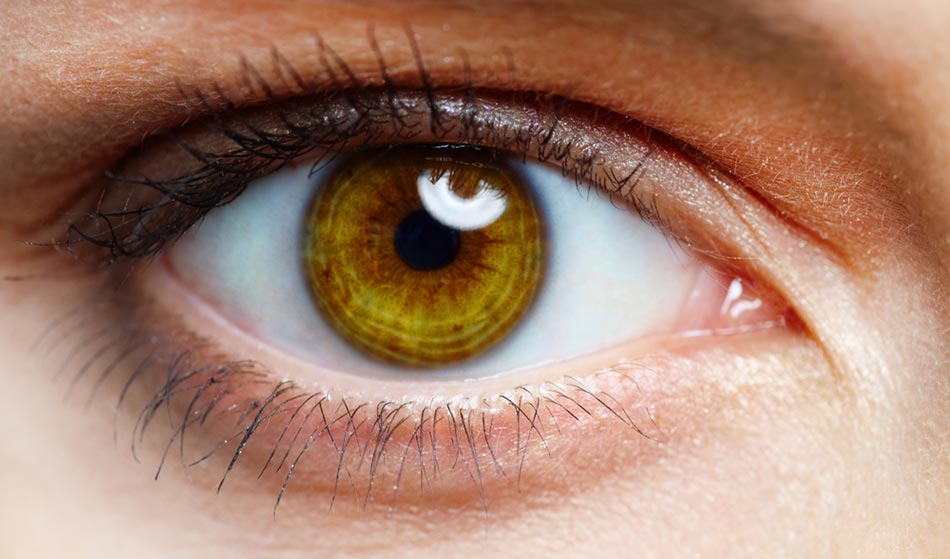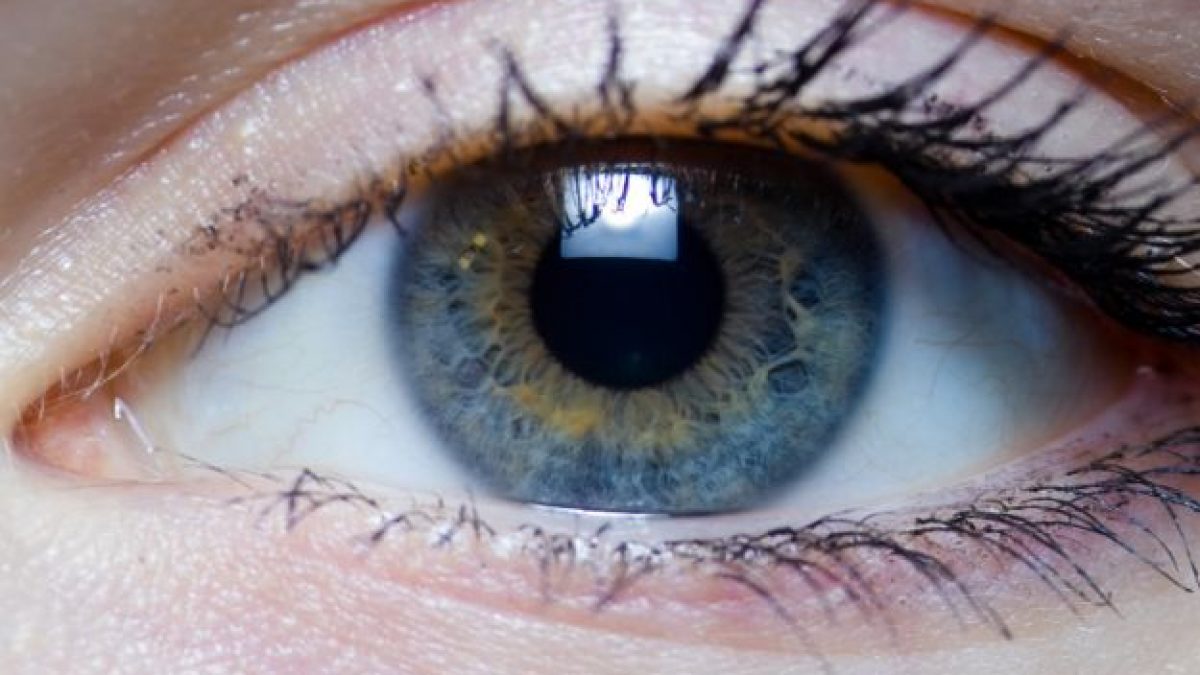
Symptoms, causes and treatment of ocular nystagmus
Ocular nystagmus can be defined as an involuntary rhythmic oscillation of the eyes: when we look at an object, we take for granted a series of mechanisms that are anything but taken for granted
Our eyes, in fact, habitually make micro-movements, called saccades, that centre the target and keep it fixed.
We can also move our head in these cases, but our eyes remain fixed on the object: something that seems natural to us, in reality, conceals multiple mechanisms that are anything but trivial.
These commands start from the receiving area, the foveal or retina, and are transmitted first to the optic nerve, then to the optic pathways and finally to the brain.
If an alteration occurs in one of these structures, then there is an inability to keep the eyes still.
And then nystagmus appears, i.e. these oscillating movements of the eyes, mostly horizontal, that are not controlled by the sufferer.
Types of ocular nystagmus
Nystagmus can be
- bilateral or unilateral, in certain acquired forms;
- symmetrical, when it is characterised by rhythmic movements;
- with jerky movements, whereby it beats on one side and a slow return movement corresponds.
Furthermore, a distinction can be made between infantile nystagmus and acquired nystagmus, typical of adulthood.
The frequency of a nystagmus is variable and is measured in Hertz, i.e. cycles per second: it can be fast or slow, ranging from 2 to 10 hertz.
Symptoms of infantile nystagmus and acquired nystagmus
An important difference between these 2 forms is determined by oscillopsia (the swinging sensation experienced by nystagmus sufferers).
In both cases, the eyes continue to move, but in the adult, who previously saw well, it produces a sensation of an upside-down world, with a widespread feeling of malaise due to nausea and dizziness, whereas in the child it does not produce this abnormality.
Ocular nystagmus in children: causes and treatment
Infantile nystagmus does not appear at birth, but generally between the 3rd and 6th month of age and can be
- idiopathic, i.e. without specific causes
- favoured by pathologies of the eye, such as albinism, due to the absence of pigment that causes diminished vision, or by retinal or neurological dystrophies that may favour its onset.
Nystagmus in paediatric age is rather problematic, not so much because of the discomfort it causes, but because it prevents normal and harmonious visual development.
How to treat childhood nystagmus
Children with nystagmus often present themselves at the surgery with a certain position of gaze, resulting in an abnormal position of the head, which may be in convergence, when they are trying to look closely, or in lateral vision.
So they manage to reduce the discomfort by adopting the so-called blocking position by which they overcome the involuntary oscillatory movement of the eyes.
In these cases, after a multidisciplinary consultation with an ophthalmologist, neurologist and ENT specialist, a surgical solution aimed at centring the gaze is favoured.
There are also pharmacological therapies, mainly based on 2 drugs, but these are generally more neurological in nature.
Acquired nystagmus: causes and treatment
Acquired nystagmus, typical of adulthood, is mostly due to an alteration that can be traced back to other pathologies.
It is a problem often due to neurological implications and in particular multiple sclerosis.
There are also toxic forms that favour the onset of nystagmus in cases, for example, of toluene abuse, a solvent used in the production of glues.
When there is occupational intoxication or when there is deliberate intoxication, due to the psychotropic effect of sniffing glue that alters the state of consciousness and creates a state of euphoria, one can run this risk.
Therapy in these cases is only pharmacological with the necessary reduction of exposure to the trigger of nystagmus.
Read Also:
Emergency Live Even More…Live: Download The New Free App Of Your Newspaper For IOS And Android
Colour Changes In The Urine: When To Consult A Doctor
The Colour Of Pee: What Does Urine Tell Us About Our Health?
Summer And High Temperatures: Dehydration In Paramedics And First Responders
First Aid For Dehydration: Knowing How To Respond To A Situation Not Necessarily Related To The Heat
Hydration: Also Essential For The Eyes
What Is Aberrometry? Discovering The Aberrations Of The Eye
Red Eyes: What Can Be The Causes Of Conjunctival Hyperemia?
Ectopia Lentis: When The Lens Of The Eye Shifts



